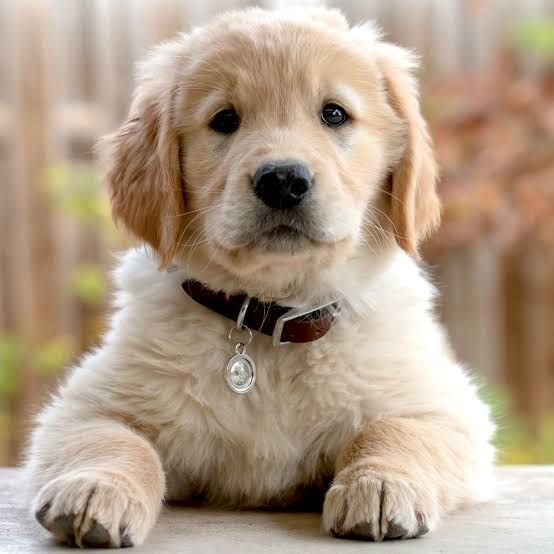Experts say the hybrids risk ‘polluting’ the genetic stock, but scientists disagree on how to deal with them. In Piedmont, Italy, the sight of a blond wolfdog signals the risk of another new litter

From the moment the rangers first saw him on their trail cameras, the problem was apparent. The wolf, spotted deep in the woods of Italy’s Gran Bosco di Salbertrand park, was not grey like his companion, but an unusual blond. His colouring indicated this was not a wolf at all, but a hybrid wolfdog – the first to be seen so far into Piedmont’s alpine region. And where one hybrid is found, more are sure to follow.
“We thought he would go away,” says Elisa Ramassa, a park ranger in Gran Bosco who has tracked the local wolves for 25 years. “Unfortunately, he found a female who loves blonds.”
The blond specimen spotted in Piedmont illustrates the latest development in a worrying new trend. Over the past two decades, Europe’s decimated wolf population has slowly been resurrected through years of painstaking conservation work. Now hybrid numbers are rapidly growing – and if their spread continues, scientists fear they may put the European wolf – as a wild, genetically distinct animal – at risk of extinction.

